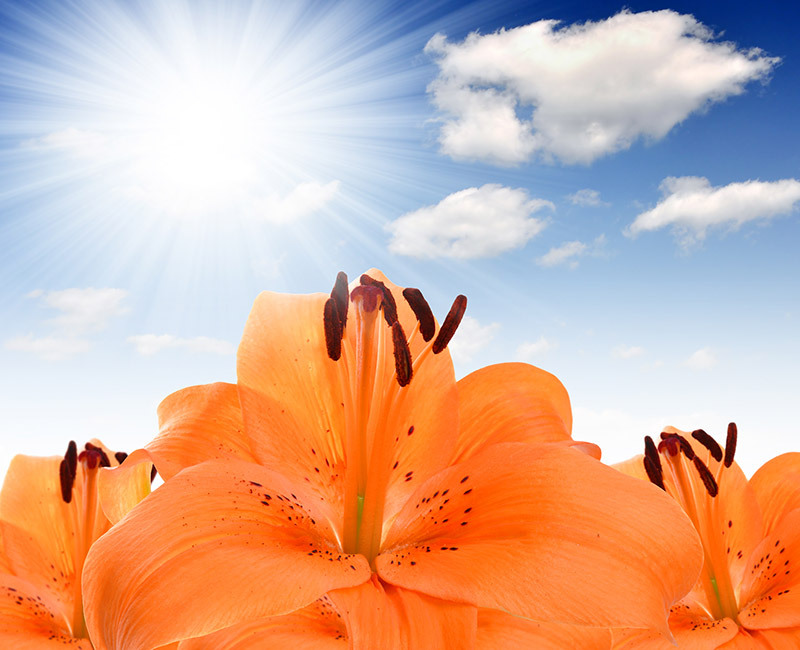In the tapestry of nature, flowers have always held a place of reverence and symbolism. Their delicate structures and vibrant colors not only beautify our world but also mirror the complexities of human identity. The profound connection between flora and personal expression dives deep into the soul, reflecting who we are and who we aspire to be.
The Historical Significance of Flowers in Culture
Throughout history, flowers have served as more than mere decorative elements. Different cultures have imbued them with meanings that reflect societal values and personal identities.
- Ancient Egypt: The lotus flower symbolized rebirth and purity, reflecting the spiritual identity and beliefs of the people.
- Greek Mythology: From the passionate red rose associated with Aphrodite to the humble narcissus depicting self-obsession, flowers featured prominently in myths as symbols of human traits and emotions.
- Victorian England: The era's fascination with the language of flowers allowed individuals to express personal sentiments in an era where words often failed.

The Language of Flowers: A Personal Expression
The language of flowers, or floriography, has allowed people to express feelings that words sometimes cannot convey. This silent communication has played a crucial role in personal identity and relationships.
Floral Choices Reflecting Personality
- Roses: Different colors mirror a spectrum of emotions and personal traits -- red for passion, yellow for friendship, and white for innocence.
- Tulips: Symbolizing comfort and coziness, tulips are often associated with people who value home and family.
- Orchids: Reflecting exotic beauty and strength, or a love of the extraordinary and unique.
The choice of flowers, consciously or subconsciously, reflects one's identity, making it an astonishing act of self-expression.
Modern Interpretations of Floral Identity
In today's world, the intricate relationship between flowers and personal identity has expanded beyond traditional interpretations. People are exploring flowers as a part of their lifestyle, aesthetics, and personal branding.
Personal Branding and Aesthetics
- Home Decor: Strategic use of floral arrangements in homes creates an environment that reflects personal taste and identity. A bouquet of wildflowers could suggest a free spirit, while a more structured arrangement indicates order and precision.
- Fashion: Floral prints and designs have become a staple in personal style, showcasing individual changeability and vibrancy.
- Tattoos: More than just artwork, floral tattoos often carry meanings deeply tied to personal stories and identity.
The ubiquity of flowers in these modern expressions remarks on the timelessness of their connection to human identity.
The Symbolic Interpretation of Flower Colors
Just as in past societies, flower colors today continue to hold a multitude of meanings that align with personal identity.
Decoding Colors
- Red Flowers: Typically associated with love and passion, they represent individuals who are bold and expressive.
- Blue Flowers: Suggest tranquility and introspection, reflecting a personality that values peace and calm.
- Yellow Flowers: Emblems of joy and friendship, they are for those with a sunny and optimistic outlook.
Colors add layers to the narrative flowers tell about identity, each hue providing deeper insight into the essence of human existence.
Cultural Variations in Floral Identity
Floral symbols and their meanings can vary significantly across different cultures, affecting personal and collective identities.
Eastern vs. Western Perspectives
- In Japan, cherry blossoms signify the ephemerality of life, embracing the notion of transient beauty.
- In China, the peony is considered a representation of wealth and honor, often associated with prosperity and good fortune.
- In the West, the daffodil is often linked with new beginnings, symbolizing rebirth and rejuvenation.
The cross-cultural interpretations offer a rich tapestry of meanings, mapping personal and social identities around the world.

Floral Identity in Modern Psychology
Modern psychology has begun to explore flowers as mirrors of personal identity, investigating their role in emotional well-being and self-perception.
Therapeutic Insights
- Engaging in activities like gardening or floral arrangement can provide therapeutic benefits, enhancing mental health by reducing stress.
- Flowers are also used in therapy to help patients articulate emotions and inner conflicts, acting as a gentle mediator between the self and the subconscious.
The emerging connection between flowers and psychological well-being underscores their role in personal identity formation.
The Future of Floral Identity: Technology and Innovation
The intersection of technology and botany is reshaping our understanding of personal identity through flowers.
Innovative Applications
- AI-driven design tools are allowing individuals to create personalized floral arrangements that reflect their unique identity.
- Virtual reality experiences are providing immersive environments of digital gardens, where personal identity is expressed through interactive floral landscapes.
- The rise of bioengineering and genetic modification is leading to the creation of new flower hybrids, symbolizing the fusion of nature and human innovation.
The continued evolution of flowers as symbols of personal identity suggests a future where nature and technology beautifully coexist.
In conclusion, flowers, in their exquisite forms and vibrant colors, serve as poignant mirrors of personal identity. They tell a story of who we are -- our emotions, aspirations, and the intricate facets of our being. As we delve deeper into the understanding of these floral intricacies, we find not only the reflection of human identity but an opportunity for connection, expression, and understanding in our shared human experience.

